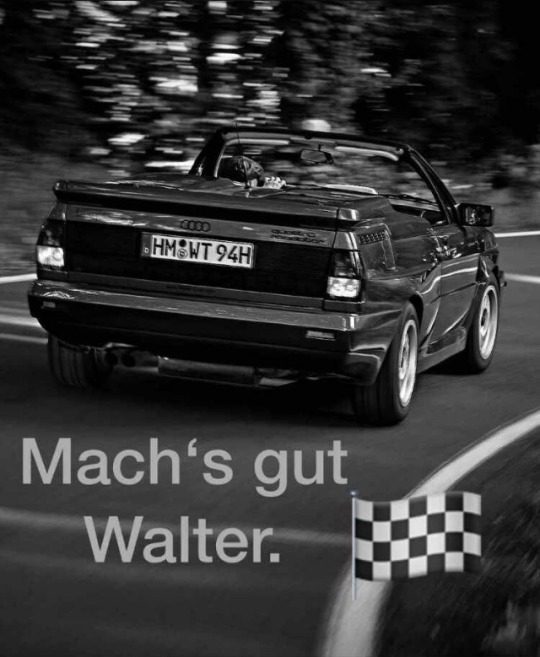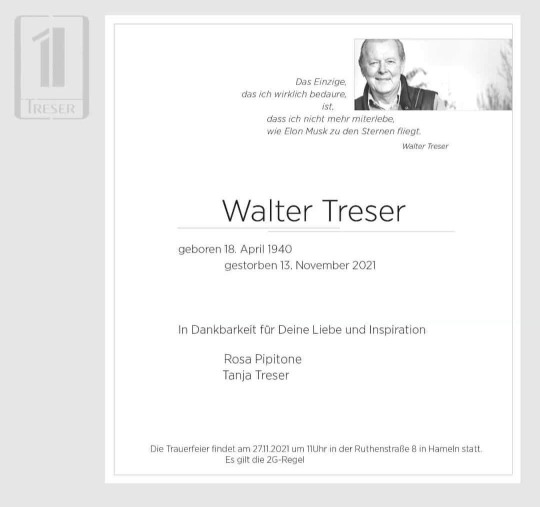#Walter Treser
Photo
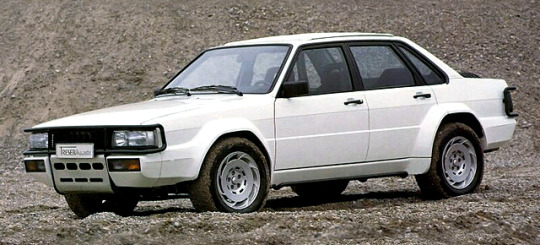

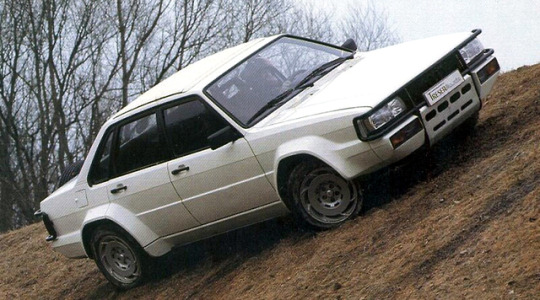

Treser Hunter Type 85, 1986. A high-riding all-roads version of the Audi 90 with 19cm of ground clearance and a tuned version of the Audi 5-cylinder engine
#Treser Hunter Type 85#Audi 90#all wheel drive#4x4#off-road#high-riding#custom car#1986#1980s#converstion#Walter Treser
397 notes
·
View notes
Video
It would have been criminal 😂😊😉🤣 . . Reposted from @vintageaudi - Did you know that the quattro should have been named „Carat“? Shoutout to Walter Treser for not making that happen!😁 . Follow @vintageaudi ⚠️ Follow @vintageaudi ⚠️ . 🎥: @audi_de #audi #quattro #awd #audiquattro #quattropower #quattroworld #urquattro #audisport #rally #rallye #pikespeak #20vt #singleturbo #20vturbo #audiclub #audi_official #20v #5cylinder #audirs #5zylinder #audi_regram #audiloverr #audifans #petrolhead #carspotters #audisportquattro #audilover #groupb #rallylegend #audiporn https://www.instagram.com/p/ByljYD8HBXA/?igshid=hniqi39lgupi
#audi#quattro#awd#audiquattro#quattropower#quattroworld#urquattro#audisport#rally#rallye#pikespeak#20vt#singleturbo#20vturbo#audiclub#audi_official#20v#5cylinder#audirs#5zylinder#audi_regram#audiloverr#audifans#petrolhead#carspotters#audisportquattro#audilover#groupb#rallylegend#audiporn
0 notes
Photo

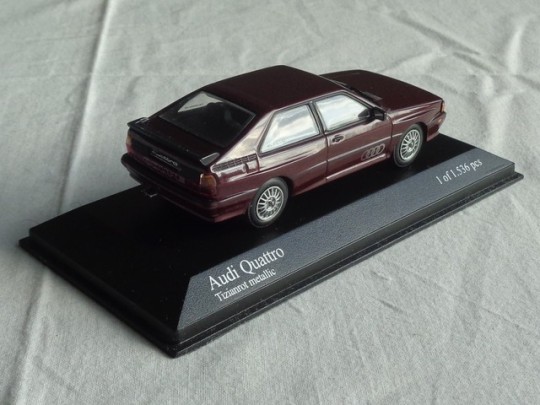
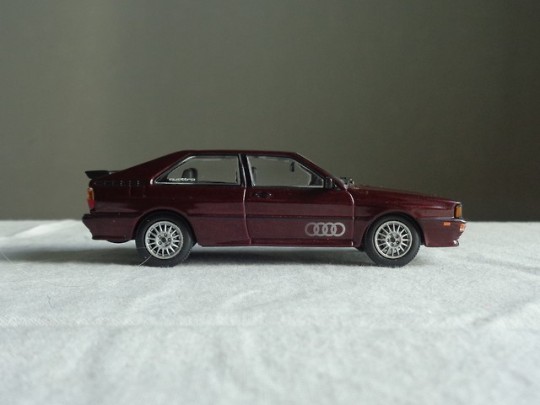
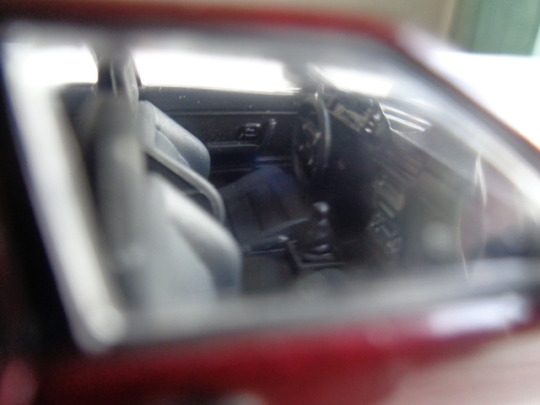
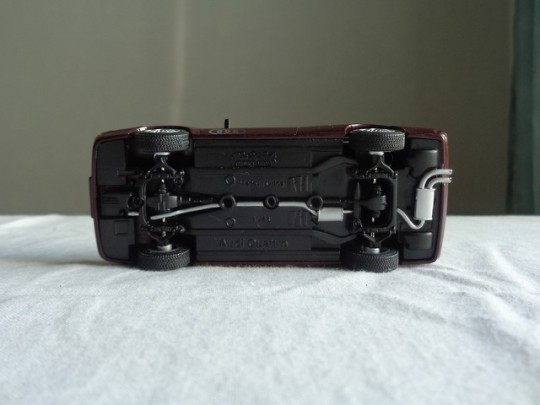
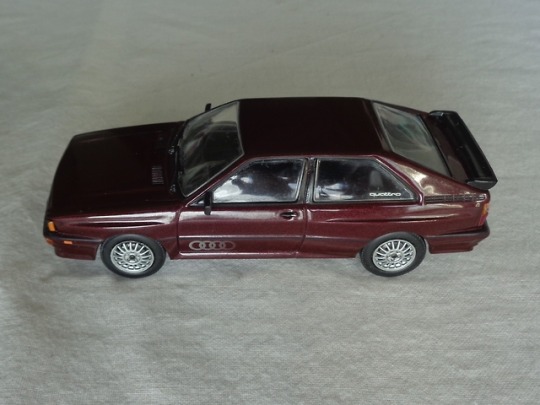
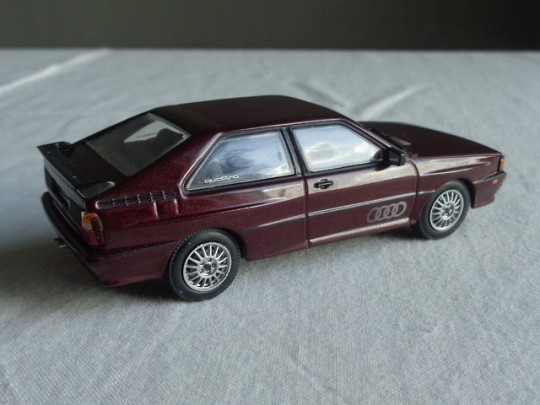

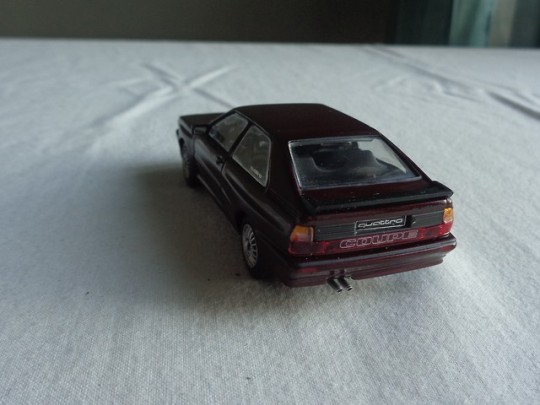
1981 Audi Quattro (Minichamps 1:43)
Originally developed by Audi's chassis engineer Jörg Bensinger along with director of pre-development Walter Treser, the Audi Quattro was first introduced to the public at Geneva's Motor Show in late 1980 as an attempt to combine together a supercharged engine with a permanent four-wheel drive system, dubbed the "quattropermanent" four-wheel drive, or "Quattro" for short. Its inception laid in Bensinger's observation of how the four-wheel drive jeep Volkswagen Iltis managed to outperform just about any other car in snow irrespective of how much power they had, thus figuring the benefits of marrying this together with a powerful engine would make for a sports car that could offer serious competition for any of the other competing car manufacturers. And indeed this was something that was to prove tremendously successful when the Quattro was entered into the rally circuit following the change in rules allowing 4WD cars to enter in competitive racing, leading to the Quattro dominating over all other competitors for the next two years in both Group A and Group B segments before the others came up with anything equal.
The car itself was based on the Audi Coupé (which was part of the Audi 80 model range), and which was easily identified from its lesser sister by its distinctly flared wheel arches designed by Martin Smith, giving more volume to the car's outward appearance. Habitually called the "Ur-Quattro" (Ur meaning "original" in German) by Quattro enthusiasts, the initial engine offered was a 2.1-litre, inline 5-cylinder SOHC unit with a turbocharger, generating 197 horsepower and pushing the car to 220 km/h. Later it was developed into a 2.2-litre version and finally, in 1989, the original's 10-valve configuration was extended to a 20-valve DOHC unit with 217 hp and a top speed of 230 km/h. The three engine variants are typically referred to by owners as the "WR," the "MB," and the "RR" respectively.
Outwardly the Quattro didn't undergo much change over its production cycle, which lasted until 1991, with the car's major styling changes being essentially divided into two halves. The original, which held up until 1984, is easily identified by its flat grille, while the headlights originally sported American-style, quad-headlight housings as seen on this model (this was changed into a single lens in 1983, though still featuring twin reflectors). The only major exterior change came in 1985 with the so-called "facelift model," whose major external change was the radiator grille gaining a noticeable outward slant, giving the car perhaps a slightly pudgier look, while the rear lights were tinted dark. Internally the biggest changes came in 1983 when the older analogue instrument cluster was turned into a digital one, and subsequently in 1984 the entire interior was redone to a significant extent, which saw a couple of further modifications following the next year.
Production over the 11 years topped at 11,452 cars. The quattro system later found its way to all other contemporary Audi models as well, and the same drivetrain was also implemented on subsequent Volkswagens from 1984 onwards under the name of "Syncro." The quattro drive is still to be found from Audis of today and has naturally undergone several upgrades along the way, the first of which already took place during the Ur-Quattro's production run. The original Quattros are high collectibles today and are much valued as great road cars as well. There was a further refinement to the Quattro in the form of the "Sport Quattro" that was essentially a shortened rally version of which 224 were produced for road use in order for the Quattro to qualify for Group B homologation.
Like the case is with many of my favourite cars, my interest in the Quattro stems more from external sources than from some inherent original attraction. The source for this was the British TV series “Ashes to Ashes,” a sequel to the previous “Life On Mars” that had already given me an appreciation toward the MkIII Cortina reviewed earlier in this blog. In that show the character of Gene Hunt (played by Philip Glenister) drove an anachronistic red 1983 Quattro (the series commences from 1981, during which time the Quattro was not available with right-hand drive), and played a significant symbolic role of the era throughout the ensuing three seasons. So with that fresh in mind, it sparked my desire to seek out a scale model representation of the original Quattro, of which there certainly have been no shortage of choices from multiple different manufacturers, both stock and rally versions. And one of the primary suppliers for these for years now has definitely been Minichamps.
In fact, so prolific are they that its practically impossible to determine exactly how many issues and reissues of this one model has passed through their doors, both in 1:43 and 1:18 scales. To this day the Quattro, which typically is presented in its initial 1981 model year style, is readily available despite their usual limited production runs, with a wide range of colour choices to suit almost any desired taste. The above model in Saturn Red (one of 1,536 pieces) proves another of Minichamps' highly satisfactory model re-creations that offers a higher level of detail than many of their competitors, yet does so at distinctly affordable prices. There really is very little to complain here as much of the model is of exemplary quality. The body is well proportioned with sharp lines, well applied paint, and Audi's trademark four rings on the doors that wonderfully fade into the body's colour.
Similarly all lights are of transparent plastic, with the rear reflector emblazoned with a large “Coupe” text, while the badge on the grille is given nice depth by being chromed. The windows admittedly tend to be somewhat on the thick side, making glancing inside somewhat of a distorted affair, but the interior itself is again well rendered, even if the single dark colour is a bit flat overall. In typical Minichamps fashion, the bottom of the car is also nicely detailed with the suspension system and drivetrain, along with exhaust pipe, all finely crafted with some much appreciated fine detailing, like bolt mountings. And when coupled with the model's easy availability and large choice of exterior colours, there's really no reason not to recommend this first class scale model to any fan of this classic Quattro car. Only the windshield wipers I find stick out a bit too much, which is why I've glued them to sit more tightly down by the base of the windscreen. Otherwise, this is very well worth the €30-40 the model tends to cost on average and is safe to recommend to any collector.
Overall rating: 4.5/5
0 notes
Photo
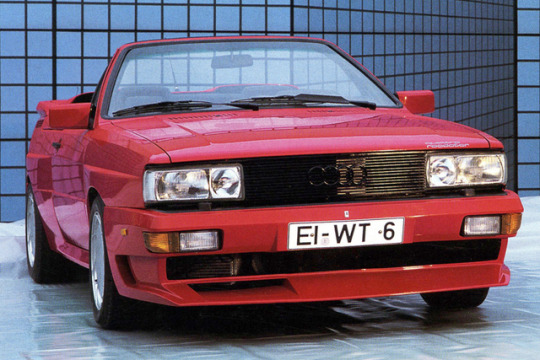
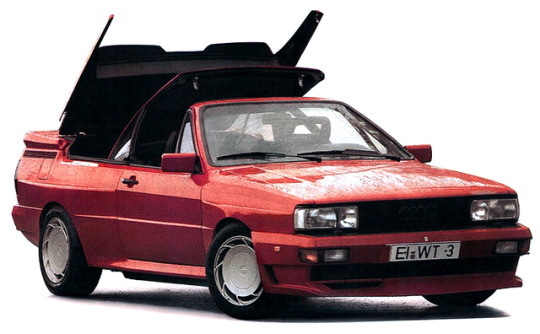
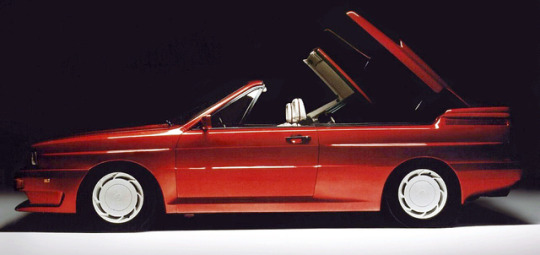
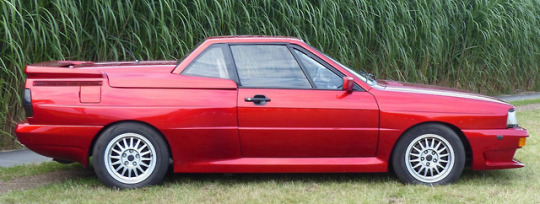
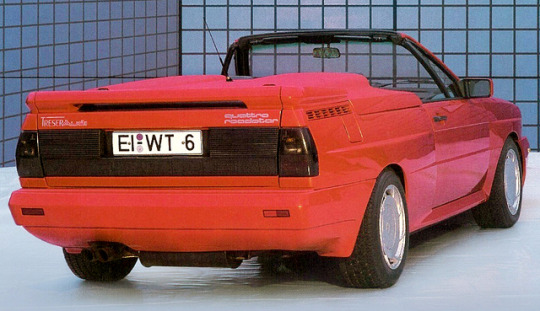
Audi Quattro Roadster, 1983, by Treser. A folding hardtop version of the original Quattro by Walter Treser, the German coachbuilder and tuner
#Audi#Audi Quattro Roadster#Treser#Walter Treser#coachbuilt#1983#1980s#folding hardtop#custom car#modified car#open roof
281 notes
·
View notes
Photo
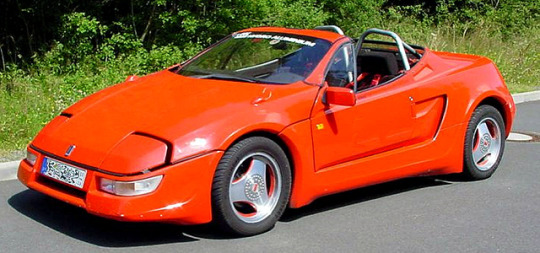

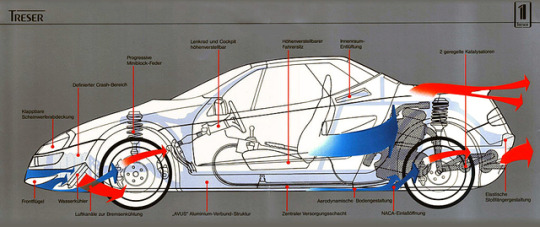

Treser T1 Roadster, 1987. A folding hardtop convertible with a mid-mounted 130 hp Volkswagen 1.8 litre 16 valve engine. Difficulties in production and the high price tag drove Walter Treser into bankruptcy so only a few were made
#Treser#Treser T1 Roadster#1987#mid-engine#folding hardtop#16 valve#Volkswagen engine#1980s#Walter Treser
112 notes
·
View notes
Photo
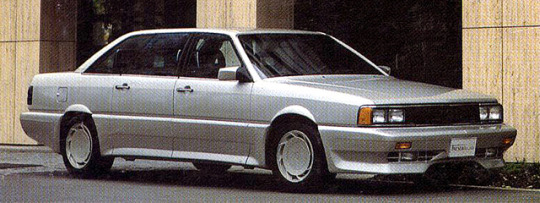


Treser Largo, 1985. A stretched version of the Audi 200 that had a 32cm section added behind the rear doors.The high coast of the conversion limited demand
104 notes
·
View notes
